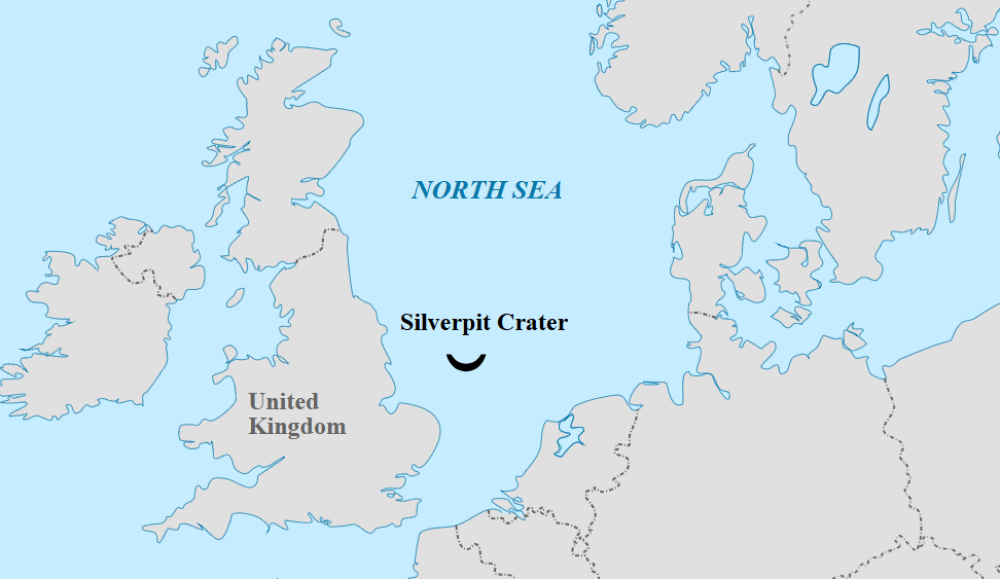Off the coast of Great Britain is something of a deep-sea mystery. Seismic data gathered here during gas exploration revealed a feature on the seabed about 130 kilometers (80.7 miles) off England’s Humber Estuary. Known as the Silverpit Crater, it’s a huge dip that’s about 3 kilometers (1.9 miles) wide and characterized by striking concentric rings.
The rest of this article is behind a paywall. Please sign in or subscribe to access the full content.
It’s a puzzling crater, one that looks more like the sort of thing we see on icy moons like Jupiter’s Callisto. Turns out, that might not be the only out-of-this-world detail about this huge hole in the ground.
The meteor impact hypothesis
The Silverpit Crater was first described in 2002 by geophysicists Simon Stewart and Phil Allen. Their theory? That it was a meteorite impact crater, which could make it the first ever found near Great Britain. By their estimations, the giant smack-in-the-planet occurred around 45 million years ago.
Features of the Silverpit Crater that would seem to fit with a meteorite impact include a central peak, something we often find at the middle of impact sites. There’s also a layer of sediment that appears to have formed over where the chunk was taken out, so we’ve got disturbed sediment going back to the Cretaceous chalk and Jurassic shale layers, but that’s all been covered by undisturbed Paleogene sediment.
It’s known as the “meteor impact hypothesis” because it is just that, a hypothesis, and it’s not the only one. There’s another (much saltier) theory as to how the Silverpit Crater was formed.
Where you’ll find the Silverpit Crater in the North Sea.
The halokinesis hypothesis
An alternative theory was put forward by geologist John Underhill in 2004, who thought that the Silverpit Crater wasn’t the result of something smacking into the ground, but something being taken out of it. Salt, specifically. The geological process is known as salt withdrawal and it happens when subsurface salt layers shift and collapse. The sediment on top then becomes unstable, and collapses into basins that closely resemble impact craters.
There have been a few studies to support this idea, including seismic imaging data that shows features including diapirs and salt lows – telltale signs of salt tectonics, known to science as halokinesis. The salt theory makes a compelling argument, but the debate charges on.
In 2025, a fresh analysis concluded there are shocked minerals below the crater. These are distinctive damage structures you find in quartz and feldspar grains (something we’ve used to date the fossil teeth of ancient humans) in places where there’s been a high-pressure impact. The analysis also used numerical modeling to establish what it would’ve taken, and concluded that the meteor would’ve needed to be 160 meters (525 feet) across to punch a hole out of Britain like that (the least we deserve).
So, the Silverpit Crater mystery continues, but if you like your seabed drama with a nice neat ending, why not read about the strange monolith-like structure found during a dive to deep and unexplored waters off the world’s largest marine conservation area, Papahānaumokuākea.
Source Link: What Is The Silverpit Crater: The First Meteorite Impact Found Near Great Britain, Or Something Else?
